This site is part of various affiliate programs. Links may give us a small compensation for any purchases you make, at no additional cost to you. Please read the disclaimer policy for full details.
Seeing your Hisense TV flickering, it’s only natural to be worried about the difficulty of fixing it.
But it’s actually quite easy to fix this problem at home, with just a few household tools and some know-how.
I’ll cover every possible fix for flickering Hisense TVs in this guide, and will show you exactly how to get your TV back up and running again, as good as new.
These fixes also work equally well for a Hisense Roku TV flashing on and off.

Why is My Hisense TV Blinking On and Off?
Your Hisense TV screen is flickering or flashing on and off because:
| Possible Cause | Explanation |
|---|---|
| Software Bug | A glitch in your TV’s memory could be causing the screen to blink on and off. |
| HDMI Issues | An loosely connected HDMI cable could be switching inputs. |
| T-Con Problems | Either dirt on the T-Con cable connections is partially blocking the signal, or you have a component failure on the T-Con or one of the other boards. |
| Backlight Failure | Failed individual LEDs in the backlight or a poor connection between LED strips can cause flickering. |
Hisense TV Flickering On and Off
Fix a flickering Hisense TV by resetting your TV. Unplug it from the wall for at least 30 minutes, hold down the TV’s power button for 15 seconds to drain residual power then plug back in.
Hisense TVs flicker because of either a loose input cable, incorrect display settings or a failing backlight, all of which are fixable at home.
Before we get into the hardware fixes, let’s start with a few basic software checks to see if that clears up your problem.
See a quick overview of all the fixes in the video below.
1. Power Cycle Your TV
Running your Hisense TV through a power cycle will help to clear any potential issues that could be caused by its capacitors retaining charge or internal flash memory holding onto a glitch that is causing the flickering.
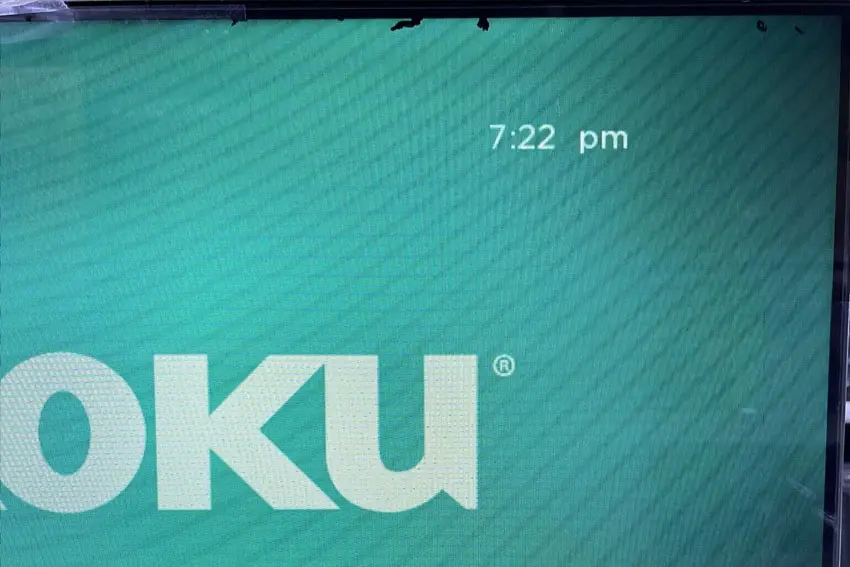
This is quick and painless and won’t cause you to lose any of your saved settings.
- Unplug your Hisense TV and hold down the physical power button beneath the IR receiver on the TV for at least 15 seconds.
- Wait for at least 30 minutes for any residual power to drain.
- Plug your TV back in and try switching it on. You should see a red light if you have been successful.
Although this seems a very basic step, don’t overlook it because in the vast majority of cases a simple soft reset fixes most issues.
2. Change Your Picture Settings
Most Hisense TVs have an option to change the color temperature or other aspects of the picture, which can help to reduce flickering.
Navigate to the Home screen, then the “cog” icon for settings and go to the Picture menu.
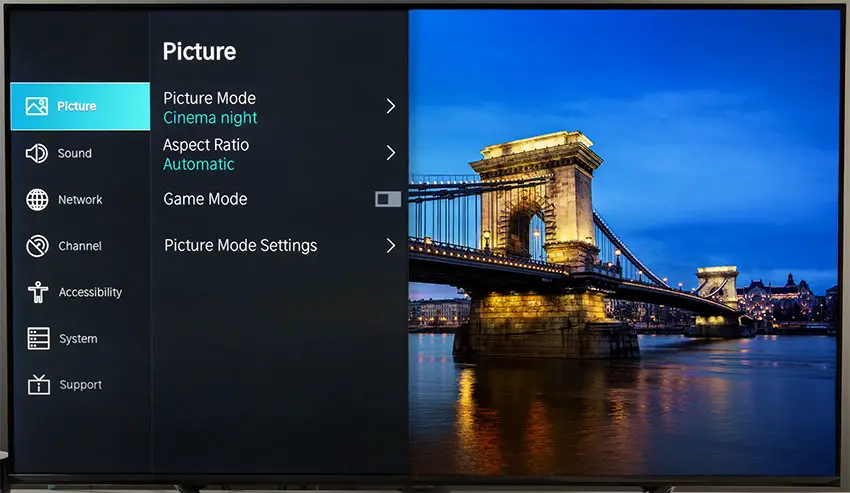
You can try the various picture modes to see if they fix the flickering, and if not, go to Picture Mode Settings.
Make sure to turn off Ultra Smooth Motion and Clear Motion.
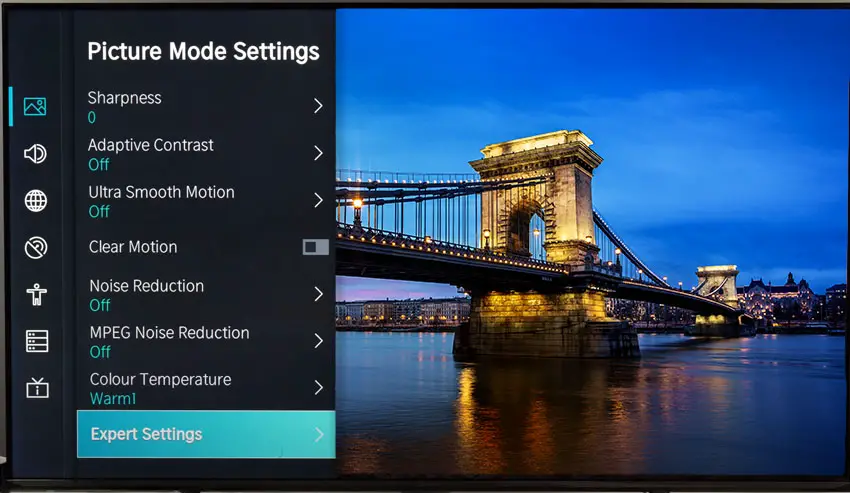
In Expert Settings, you can play around with the Viewing Angle and other settings to see if they help to reduce the flickering.
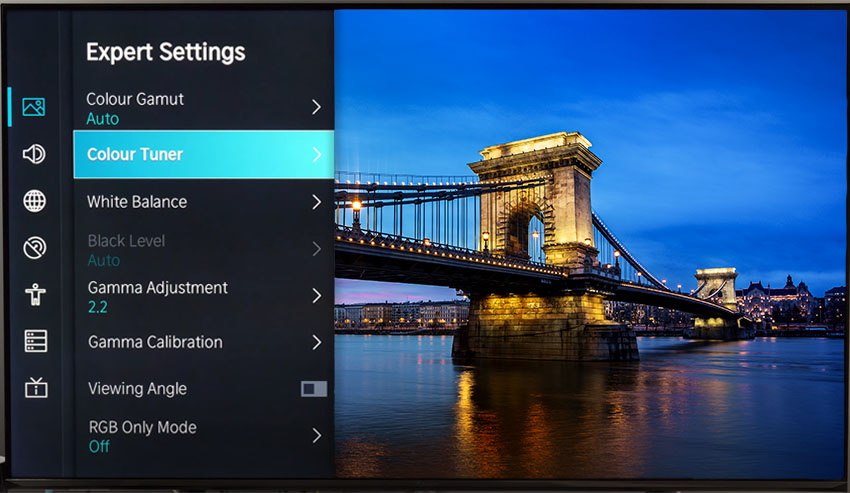
You can also manually change the Brightness, Contrast and other backlight settings to see if they have any affect on the flickering.
Reducing brightness can often help if your screen is flashing on and off. If this does stop the flickering, then you likely have a backlight or voltage inverter that is about to fail, which you can learn more about below.
The Ambient Light Sensor can be a cause of flickering in some limited circumstances, so try switching that off to see if it helps.
3. Unplug Your HDMI Cables
There’s a strong possibility that a poorly seated cable is creating signal noise which is displaying as flickering, and is also a common cause of horizontal lines on Hisense TVs.
This comes down to either a:
- Faulty HDMI cable with a break in it
- Damaged HDMI port with broken pins
- Poor HDMI connection where the cable and connector are not fully making contact
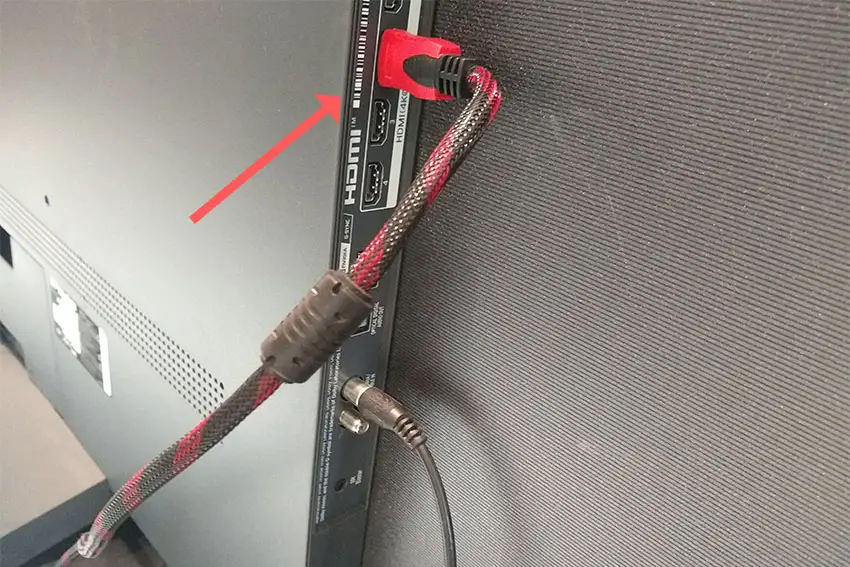
To check your HDMI and other cables:
- Switch off your TV.
- Remove any HDMI or other physical cables connected to the back of your TV.
- If you have any compressed air, use that to clean the contacts both of the cable and in the connector on the TV. If you don’t have compressed air, then blow gently on them.
- Firmly push the cables back into their slots on the TV.
- Switch your TV back on again.
It that hasn’t fixed the problem, then try using a different HDMI input. Most TVs have 3 or 4 HDMI ports.
If you have one that is on a different part of the TV then that would be the best one to try, as it this should have a separate connection to the TV’s main board.
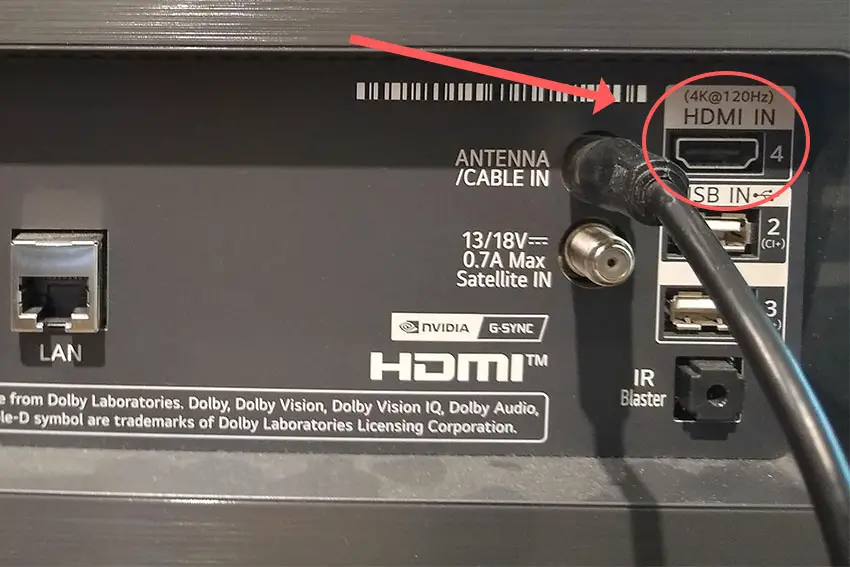
Plug you HDMI cable into the new port, note the number next to it, then choose this HDMI input on your TV, by using the Input or Source button on your TV remote or the Input or Menu button on your TV itself.
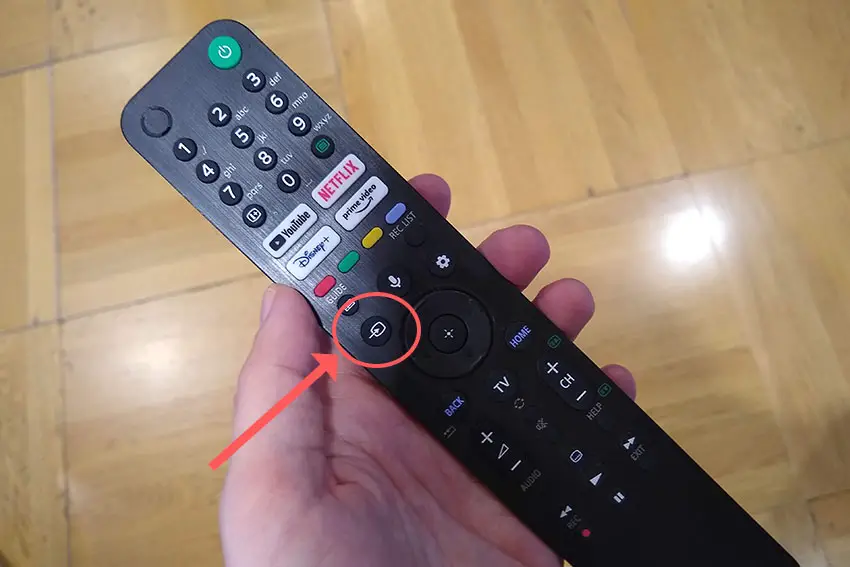
You can also try removing all external devices, including those connected by Bluetooth and any coaxial or signal cables, so that the TV only has a power cable going into it.
When you turn your TV on, this means the screen will be black as it is not receiving any picture, potentially making it tough to see any flickering.
Pull up the on-screen menu to see if the flickering is still there. If it is, this means that your external connections are fine and the problem is located within the hardware of your TV.
If the flickering has gone, then try re-seating your HDMI and other cables one by one, until you find the damaged cable that needs replacing.
4. Update Your Firmware
Software and firmware issues have been known to cause problems with the display on Hisense TVs.
As with any product, you should ensure that you have updated your TV’s firmware to the latest version, even if it is new.
Most Hisense TVs support auto-updating of firmware, but you can’t assume that this is turned on for you.
Check Over-the-Air (OTA) firmware updates are enabled for Smart Hisense TVs by pressing the Home button on your remote, then go to the “cog” for settings, then Support and System Update. Make sure the Auto Firmware Upgrade is enabled.
If your TV doesn’t have OTA support:
- Press Home on your remote.
- Click the “cog” icon.
- Go to All.
- Then About.
- And System Update.
- Click Detect to check for updates.
For older Hisense TVs, even this option for updating your firmware might not be available. In this case, you need to download the latest firmware and install onto a USB stick to install it manually on your TV. Call Hisense Support and they will be able to guide you through the process.
5. Factory Reset Your Hisense TV
Factory resetting your TV is a more serious step because it will delete any downloaded apps, sign you out of any accounts and remove all of your personalizations, but it can help to stop your screen from flickering.
To factory reset a Hisense Smart TV:
- Press the Home button on your remote.
- Then the “cog” icon for settings.
- And go to the Device Preferences menu.
- Then choose Reset at the bottom of this screen.
- And click through the further Reset and Erase everything prompts.
- Your TV will then restart, having reset to factory defaults.
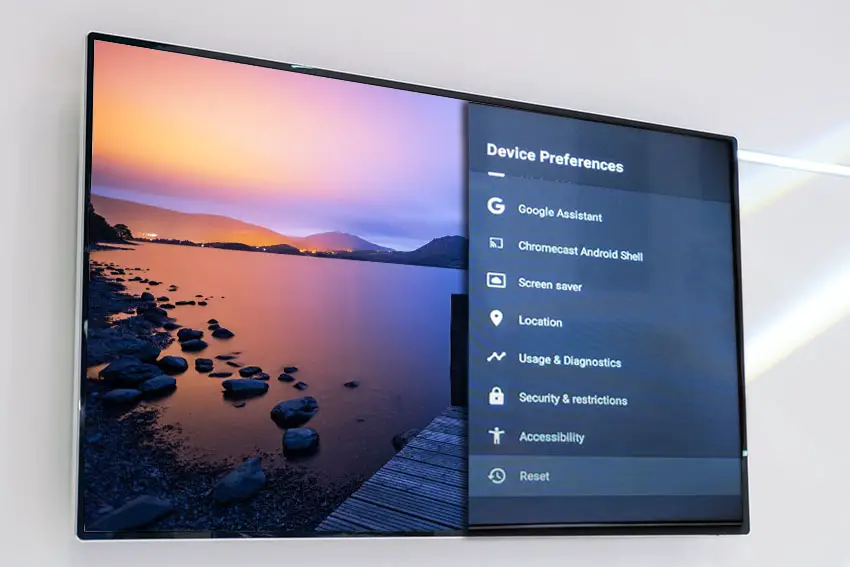
6. Check T-Con / Main Board / Power Board for Failure
The Timing Control (T-Con) board is a small PCB board that drives your TV’s panel, sending the signal to each pixel row of your screen using internal clocks to keep each row in sync.
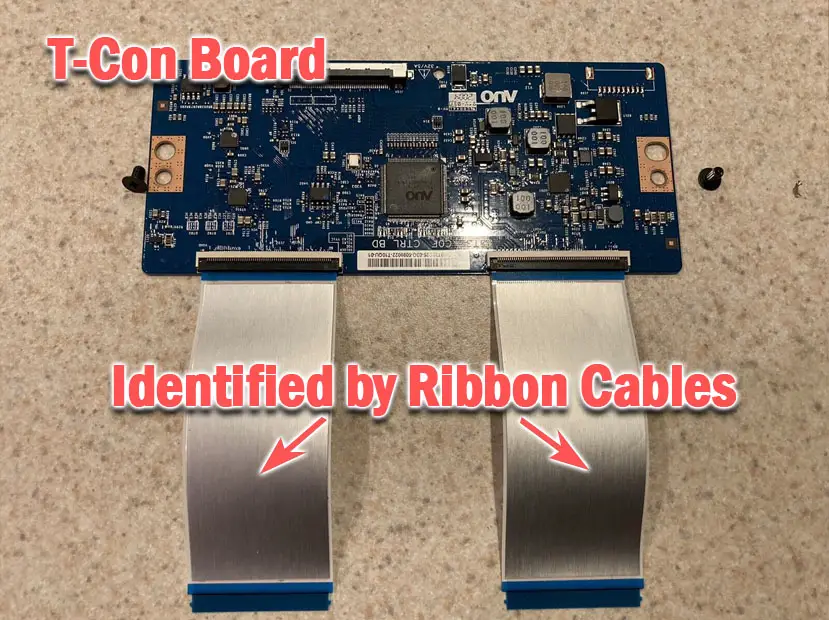
The Main Board is a larger PCB where you plug your HDMI and other connectors into. This does a lot of the work of translating the input into signal, which then goes to the T-Con board.
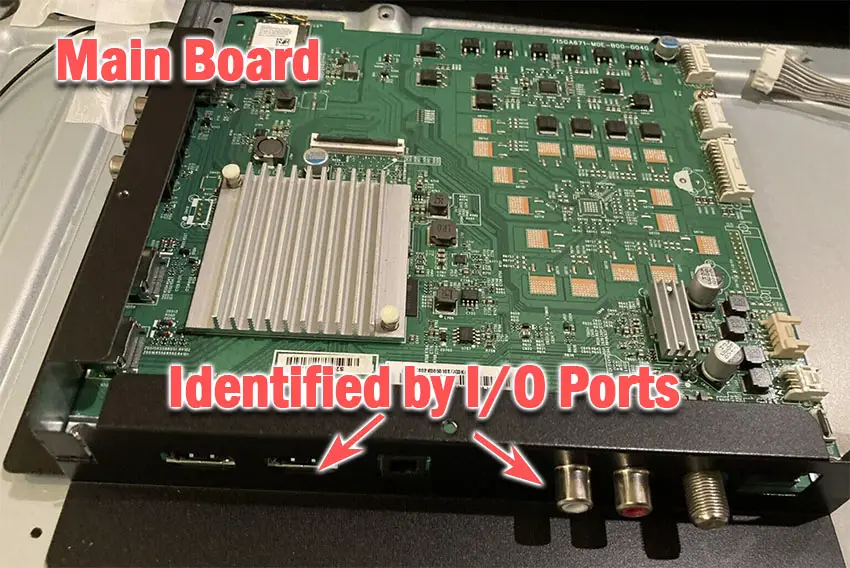
The Power Board is where you plug in your power cable, and which converts your home electricity supply into a voltage and current that your TV can use.
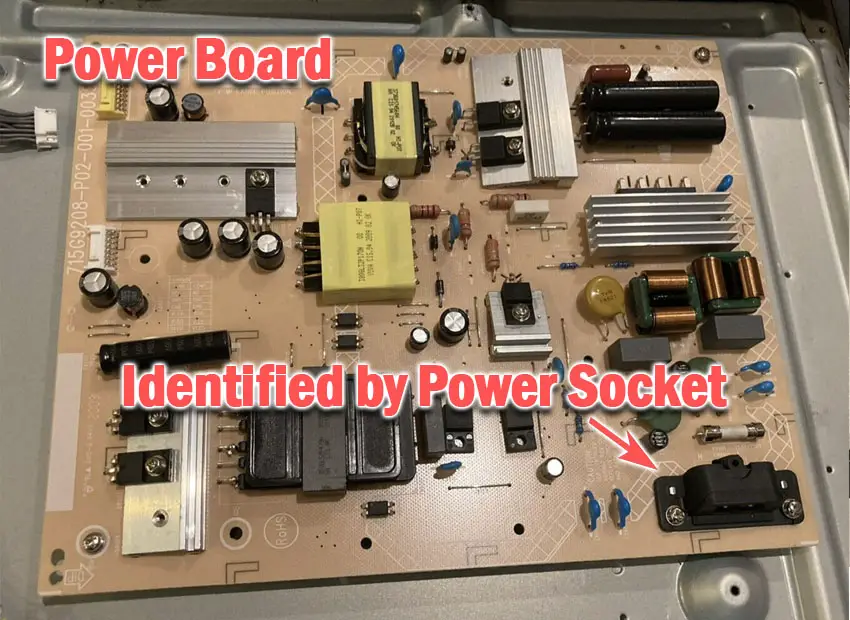
TV backlights require a very high voltage (in the thousands of volts), and so there will be a small voltage inverter board in your TV to do this. It can either be on a separate board usually located at one edge of the screen, or located on either the Power Board or Main Board depending on TV model.
These boards are hidden away under the back panel, behind the screen, and any can be the cause of flickering in your LCD / OLED TV.
Either the cable connectors themselves can come loose or get covered in grime or dust, preventing a clean contact, or components on the boards can fail, meaning they don’t power the backlight sufficiently or cannot provide a constant picture signal.
To access the boards, first remove the back panel. If you’re not confident doing this, then now is the time to get an expert in. Otherwise:
- Unplug your TV, hold down the power button and wait for at least 30 minutes. There are large capacitors in the power board for the backlight and these can hold charge for an extended period of time.
- Place your TV face down on a large table or workbench. Make sure there is nothing that can scratch the screen on your work surface.
- Ground yourself.
- Open your TV by unscrewing the screws in the backpanel. It should come apart in two pieces: front and back.
- Put the back panel somewhere out of the way and take a look at the circuit boards that have been revealed.
- You will see a T-Con panel for translating the signal into a TV picture, a power board and a main board.
Or see this in action in the video below.
It’s a good idea to start your investigation with the T-Con board, as one or more of the internal clocks failing is a regular cause of TV screen problems.
The position of the boards will vary by model, but the T-Con board can be identified by the ribbon cables connecting it to the TV’s panel.
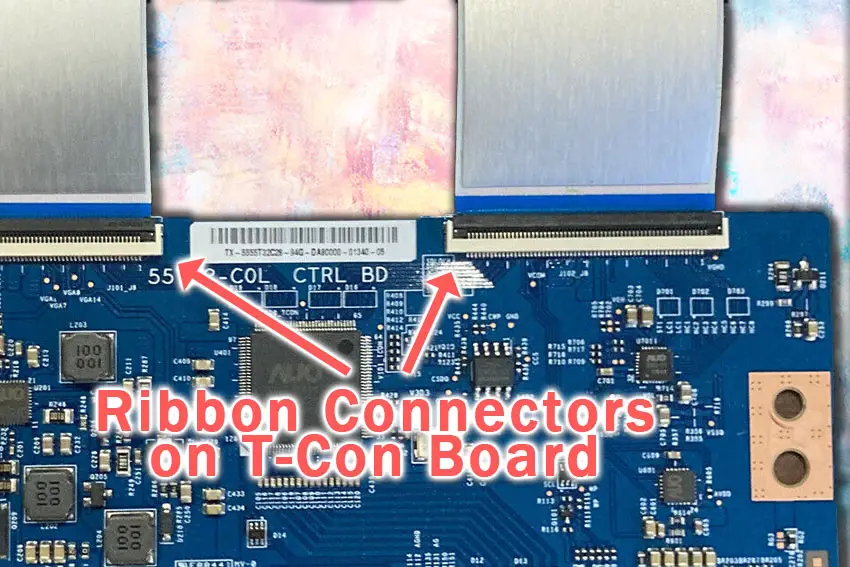
Start by giving everything a good clean, preferably with compressed air or a non-static brush. It’s possible that dust in the connections can block the signal.
Then, you should be able to remove the ribbon-like low voltage differential signaling (LVDS) cables on the T-Con board by pushing the locking cover down and they will then easily come away from the board. Don’t try to force them out without unlocking them first.
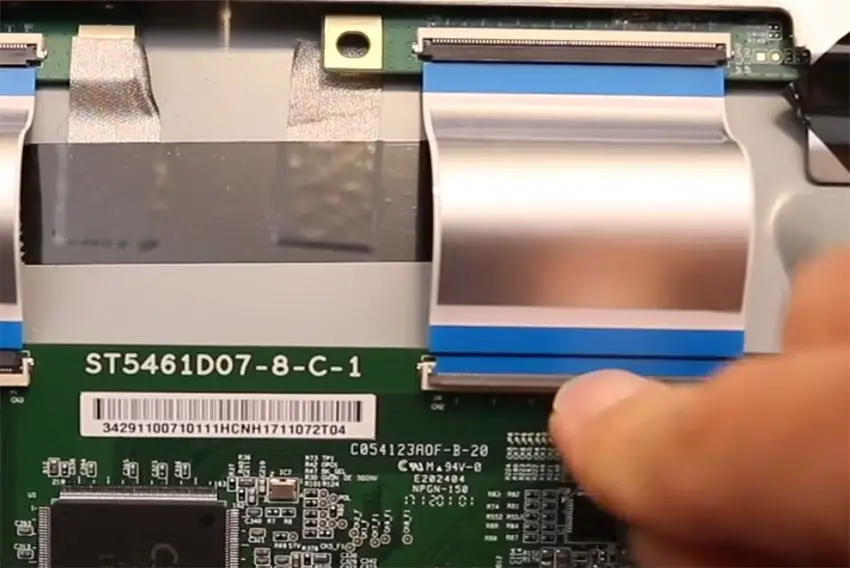
After removing the LVDS cable, take a look at the individual connectors on the ends of the cables, and the connectors in the socket. You are looking for any signs of corrosion, damage or dust.
The contacts should be a shiny gold or silver color. If they are dull and appear to have a rough, copper-like layer over them, this would indicate oxidation and therefore a new cable is recommended.
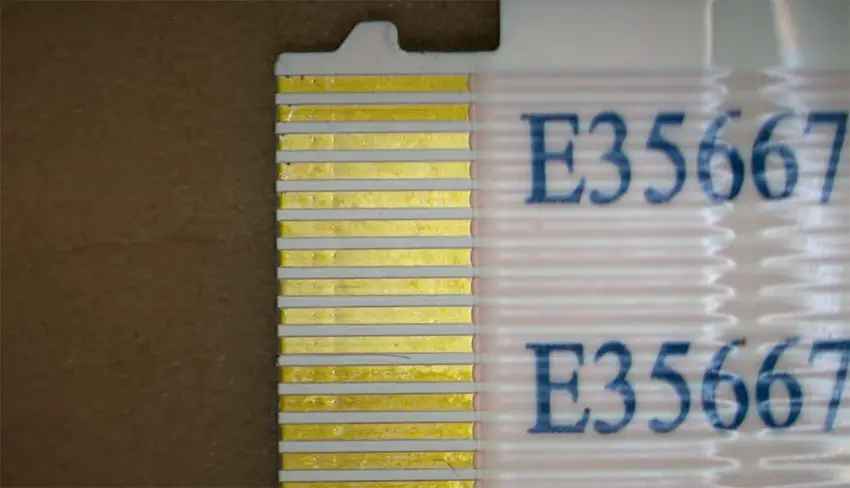
Get your TV back into an upright position, and with the LVDS cable connecting the T-Con to the Main Board disconnected, switch your TV back on and see if the flickering is gone.
If your TV is no longer flickering, then you know the problem is either with your T-Con or Main Boards.
Both T-Con and Main Boards can be replaced for around $30 from eBay.
To get the correct board, note the T-Con / Main Board model number written on the label on the board, and put this into eBay.
If the flickering is still there, then both these boards are likely fine and don’t need replacing.
This means the problem is most likely in the backlight or the voltage inverter powering it.
7. Diagnose Backlight Problems
If your Hisense TV is flickering in one spot only, then this is a sign of a backlight problem.
As most modern Hisense TVs have the backlight voltage inverter on the Power Board, you can use a multimeter to confirm that it is powering your backlight, although in my experience, voltage inverter problems show as an entirely darkened screen, unlike a half dark screen.
So I wouldn’t spend too much time on the voltage inverter, but instead look at the backlight itself.
Backlights on modern Hisense TVs come in LED strips of varying lengths. Older models used lengths that spanned the entire frame of the TV, but due to cost savings, more recent TVs use a set 16″ LED strip which is connected in series for each row to span your TV.
These cold soldered connectors are a notorious failure point on Hisense TVs, but can be easily fixed if you are willing to re-solder a joint yourself.
Equally commonly, the LED backlights themselves can fail. This is due to repeated current over powering, which over time causes thermal degradation of the LEDs leading to burnout.
You can replace any failed LEDs by just removing the entire strip and replacing it.
The problem with fixing the LEDs is that they are located in the most difficult to access part of your TV. So if you are not comfortable with a larger repair job, then now is a good time to seek help from a professional.
You need to remove the back panel, remove all of the circuit boards and connectors, then another layer of screws for the front panel, and only when you have fully removed the LCD panel can you get to the backlights.
You will also need a multimeter to test the backlight strips to find out where the problem lies.
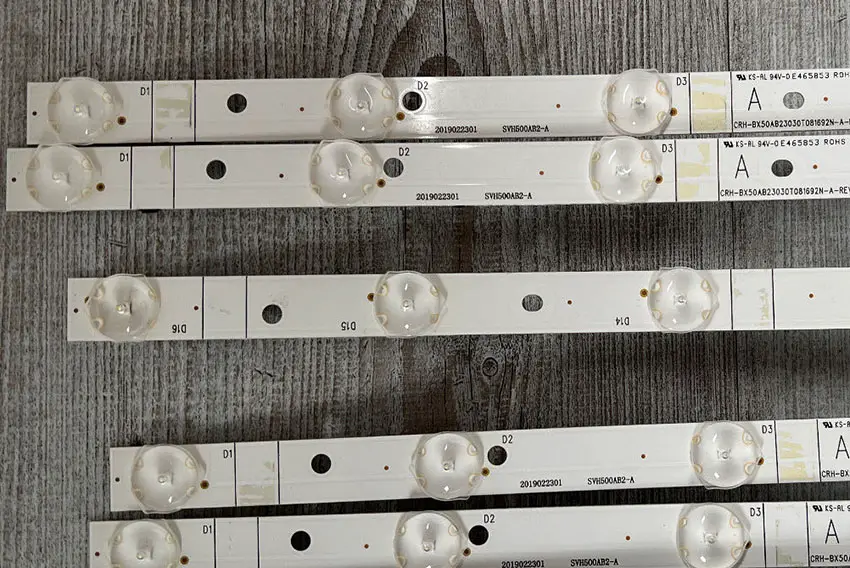
To fix a failed backlight:
- Unplug your TV, hold down the power button and wait for at least 30 minutes. There are large capacitors in the power board for the backlight and these can hold charge for an extended period of time.
- Place your TV face down on a large table or workbench. Make sure there is nothing that can scratch the screen on your work surface.
- Ground yourself.
- Open your TV by unscrewing the screws in the backpanel. It should come apart in two pieces: front and back.
- Put the back panel somewhere out of the way and take a look at the circuit boards that have been revealed.
- You will see a T-Con panel for translating the signal into a TV picture, a power board and a main board. Any wires or ribbons that are near the edge of the TV should be disconnected.
- Then remove the screws around the edge that hold the bezel of the TV.
- With some care, you should be able to remove the bezel, panel and reveal the TV backlight underneath, which will be in strips of LED lights.
- Use a voltmeter or TV backlight tester to check whether they are working, and replace any failures.
The video below covers checking and replacing the LED backlights, with some additional tips on when you should seek to replace your backlight driver board instead.
It’s also possible that one of the connectors linking the LED strips as they span the width of your TV has failed. This can be fixed by checking the connectors with a multimeter and re-soldering and broken connections. This article has a good study on this.
Hisense Support & Warranty
It goes without saying that if you are still within the one year warranty period, then you should contact Hisense, who will most likely come to you and simply replace the panel in your TV.
You can call Hisense on:
- 1-888-935-8880 (Mon – Fri, 9am – 9pm EST & Sat – Sun, 9am – 6pm EST)
Even if Hisense won’t fix your TV, they might still offer you a discount off a future model if you pester them hard enough! This is always worth a try in my experience.
So, How Do You Fix Hisense TV Screen Flickering On and Off?
- Fix a Hisense TV flashing on and off by power cycling your TV to reset it and making sure the firmware is up to date.
- If your Hisense TV is still blinking on and off, re-seat your T-Con’s cables, cleaning them in the process to remove any dirt or grime that might be impeding the signal.
- Take a look at your backlight and replace any failed LEDs.
If none of these steps have worked, then you are most likely suffering from a panel failure, with replacement un-economical, and a new TV your best option.
Read More:
Fix Hisense TV vertical lines on screen
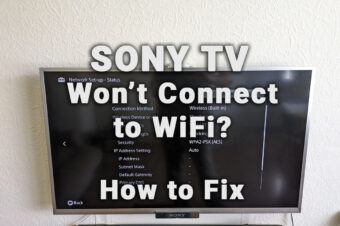
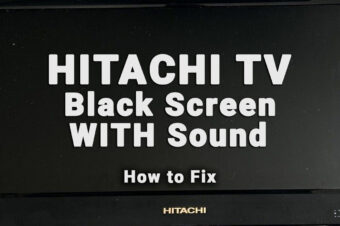
![Roku TV Turns On By Itself? [FIXED]](https://www.lapseoftheshutter.com/wp-content/uploads/2021/10/roku-tv-turns-on-by-itself-340x226.jpg)
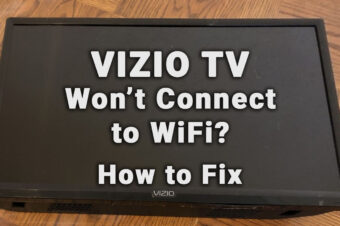


2 Responses
JamieLandon
There is only one of your fixes I can try, my tv isn’t a smart tv so I can’t do everything suggested. I’ve done the unplug and power button drain without any results. Unplugged the HDMI and nothing. I think my TV is going to cost more to repair than to just buy a new one at this point.
Tim Daniels
If you’re going to get a new TV anyway, personally I would first try taking off the back panel and removing and cleaning the T-Con cables, which should be pretty obvious (two ribbon cables going into one board).
Make sure you unplug your TV first and hold down the power button, then leave for 30 mins as some of the capacitors can hold charge for a long time and you don’t want a shock.
It’s probably a loose cable somewhere, and it’ll only take 10 mins to remove and clean all the cables (and is free), so it’s worth a shot before getting a new TV.